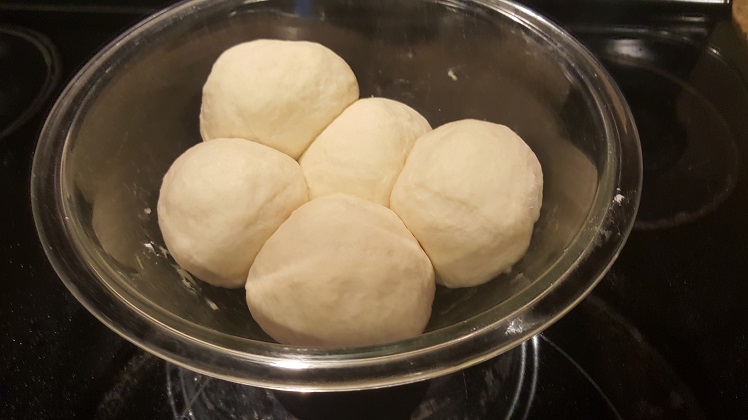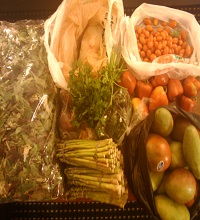Autolyse and Breadmaking
March 1st, 2020
Prep Time: 0:00
Cook Time: 0:00

Autolyse (it rhymes with "auto-cheese") is a relatively new theory that was introduced into bread-making in the 1970's. The purpose of autolyse is to allow the flour to absorb the water and begin to form gluten strands and mature without any foreign components.
Directions:
=========
How to cause autolyse
======================
Based on the measurements from your bread recipe, reserve 1 or 2 ounces of water.
Gently mix the flour and remaining water. DO NOT ADD ANY OTHER INGREDIENTS
You should have a "shaggy, sticky" dough.
Allow the dough to rest for about 1 hour.
During this time, the Flour with absorb the water, resulting in a better hydration to your finished product.
That is it, autolyse is complete.
Per your recipe measurements, add sugar to the remaining water and sprinkle with the yeast. Allow the yeast to activate for about 10 minutes until you have an active "bloom".
Mix the yeast mixture with the mixed dough until fully incorporated.
Add any other ingredients, such as Salt or Oil.
Follow the remainder of the instructions from your recipe.
A few thoughts on autolyse:
The effectiveness of autolyse will be negatively impacted by the inclusion of Yeast, Salt, or Oils. In order to obtain a good autolyse, only flour and water should be present for 1 hour, while the Flour completes hydration.
The biggest challenge, will be incorporating the water/yeast mixture into the dough after autolyse has occurred. Due to the autolyse, the flour typically seems to be fully hydrated, making it difficult to mix in the additional water and yeast into the dough. Your best option will be to use an electric mixer, using the dough hook attachment.


